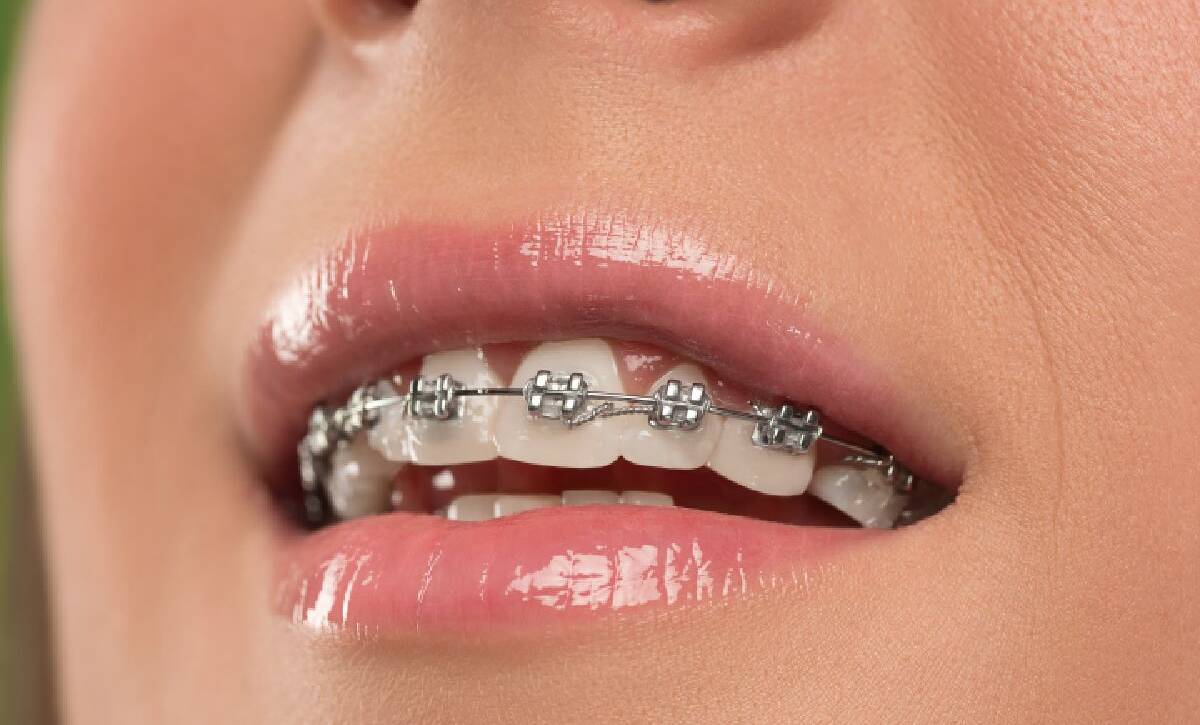
Yes, braces can cause some discomfort, especially right after they’re placed or adjusted, but they should never be unbearably painful.
The sensation is more like pressure or soreness as your teeth begin to shift into alignment. For most patients, this feeling lasts only a few days and becomes much more manageable over time.
At Humble Memorial Dental, we’ve helped countless patients, kids, teens, and adults, get through those first weeks with confidence and comfort.
This guide breaks down what to expect, why discomfort happens, and how to make the experience as smooth as possible.
Key Takeaways
- Braces may cause mild soreness, especially in the first few days and after adjustments.
- The discomfort feels more like pressure or tightness, not sharp pain.
- Over-the-counter medicine, orthodontic wax, and soft foods can help manage it.
- Adults may notice slightly more discomfort than children, but results are equally effective.
Why Braces Cause Discomfort
Braces work by applying gentle, consistent pressure on your teeth. This stimulates changes in the bone and tissues around your teeth, allowing them to move gradually into the correct position. While this is a natural process, your body responds with soreness as it adapts to the pressure.
Think of it like starting a new workout routine. The first few days leave your muscles sore, but as your body adjusts, the discomfort fades, and you grow stronger.
When Are Braces Most Uncomfortable?
While braces are generally well-tolerated, there are a few points in treatment when you’re most likely to notice discomfort:
- When Braces Are First Put On
The first few days often bring soreness as your mouth adjusts to brackets and wires. Your cheeks and tongue may also feel irritated until they get used to the new surfaces. - After Adjustments
Every 4–6 weeks, your orthodontist will tighten or adjust your braces. This renews the pressure on your teeth and can cause soreness for a couple of days. - When Switching Appliances
If you need elastics, expanders, or bite correctors, these additions may bring temporary discomfort as your mouth adapts.
What Does Braces Pain Feel Like?
Patients often describe the feeling as:
- Pressure or tightness on teeth
- Mild soreness when chewing
- Irritation inside the cheeks or lips
- Dull aching rather than sharp pain
The good news: these sensations are temporary and usually improve within 3–5 days.
How to Relieve Braces Discomfort
The first week is usually the toughest, but there are proven ways to ease the adjustment:
- Over-the-Counter Pain Relief: Ibuprofen or acetaminophen (when approved by your dentist/doctor) can help.
- Orthodontic Wax: Smooths rough spots on brackets that irritate cheeks.
- Soft Foods Diet: Mashed potatoes, yogurt, smoothies, and pasta are easier to chew.
- Saltwater Rinses: Reduce soreness and inflammation inside the mouth.
- Cold Compresses: Applying a cool pack outside the mouth can reduce swelling and pressure.
By the end of the first week, most patients say they barely notice the braces anymore.
The Emotional Side: What Parents and Teens Should Know
For kids and teens, braces aren’t just about physical discomfort; they can also bring emotional worries about appearance, speaking, or eating in front of friends.
At Humble Memorial Dental, we encourage families to discuss these feelings openly. We also remind patients that millions of kids their age wear braces, and today’s options (like clear ceramic braces or Invisalign) make treatment more discreet than ever.
Do Braces Hurt More for Adults?
Adults may experience slightly more soreness than kids because their jawbones are no longer growing, which means teeth take longer to move. That said, modern braces are designed with comfort in mind, and most adult patients tolerate them very well.
Braces vs. Invisalign: Which Is More Comfortable?
While both treatments move teeth, many patients find Invisalign more comfortable because:
- No wires or brackets to irritate cheeks
- Removable trays make eating easier
- Pressure is gentler and spread across the whole tooth
However, Invisalign isn’t right for every case. Complex alignment issues may still require traditional braces for best results.
Long-Term Comfort: What to Expect
After the initial adjustment period, most patients forget they even have braces. Minor irritation may pop up after adjustments, but the day-to-day experience is typically pain-free.
By the end of treatment, the short-term discomfort is far outweighed by the lasting benefits: a straighter, healthier smile.
Why Choose Humble Memorial Dental for Braces
Our team at Humble Memorial Dental focuses on making orthodontic treatment as comfortable as possible. We offer:
- Personalized treatment plans for kids, teens, and adults
- Modern braces and Invisalign options
- Friendly staff who walk you through every stage of care
- Guidance on managing discomfort with easy, practical tips
Your smile transformation doesn’t have to be stressful, we’re here to support you at every step.
Final Thoughts
So, are braces painful? Not really, not in the way most people fear. While you’ll feel some soreness when braces are first placed or adjusted, the discomfort is temporary and manageable with simple strategies.
At Humble Memorial Dental, we help patients of all ages move past those first few days and focus on the incredible results waiting at the end of treatment.
Schedule your free braces consultation today and take the first step toward a straighter, healthier smile.
FAQs
1:Do braces hurt when they’re first put on?
Yes, you may feel soreness for 3–5 days as your teeth and mouth adjust.
2: Do braces hurt every day?
No. After the first week, most patients barely notice them day to day, with only minor soreness after adjustments.
3: Can braces cause permanent damage?
No. When applied and monitored by professionals, braces are safe and do not damage teeth.
4: Which hurts more, braces or Invisalign?
Braces may cause more irritation to cheeks and lips, while Invisalign is often considered more comfortable.
5: How long does braces pain last after adjustments?
Typically 2–3 days, after which discomfort fades.






